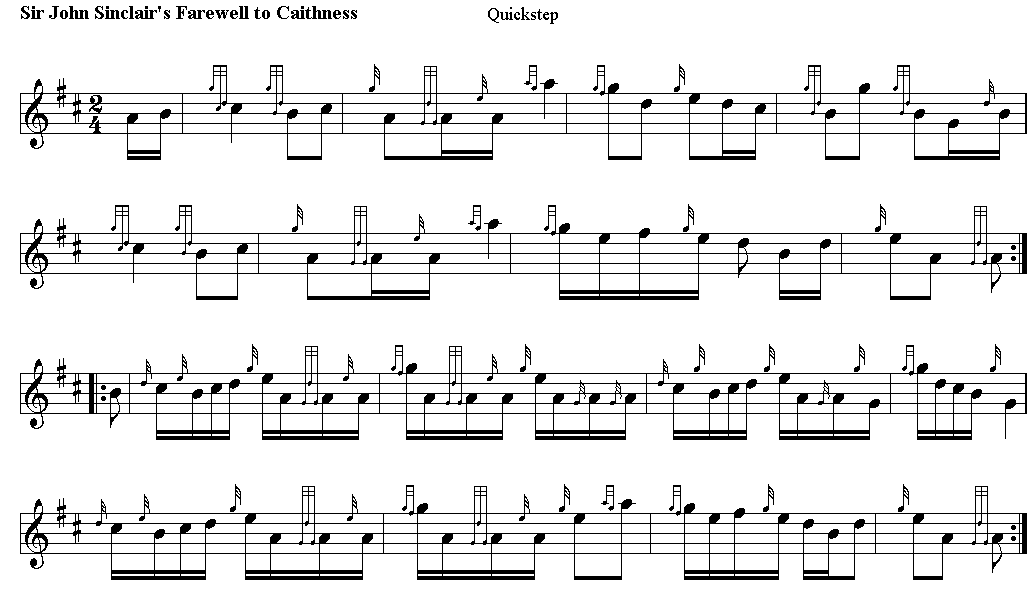|
Sir John Sinclair (May 10, 1754 –
December 21, 1835) was a British
politician, a writer on both finance and
agriculture, and the first person to use
the word statistics in the
English language.
Sinclair was the eldest son of George
Sinclair of Ulbster (d.1770), a member
of the family of the Earls of Caithness,
and his wife Lady Janet Sutherland.
After studying law at the universities
of Edinburgh and Glasgow and Trinity
College, Oxford, he completed his legal
studies at Lincoln's Inn in London in
1774. He was admitted to the Faculty of
Advocates in Scotland in 1775, and also
called to the English bar, although he
never practiced. He had inherited his
father's estates in 1770 and had no
financial need to work.
In 1780, he was returned to the House of
Commons for the Caithness constituency,
and subsequently represented several
English constituencies, his
parliamentary career extending, with few
interruptions, until 1811. Sinclair
established at Edinburgh a society for
the improvement of British wool, and was
mainly instrumental in the creation of
the Board of Agriculture, of which he
was the first president.
His reputation as a financier and
economist had been established by the
publication, in 1784, of his History
of the Public Revenue of the British
Empire; in 1793 widespread ruin was
prevented by the adoption of his plan
for the issue of Exchequer Bills; and it
was on his advice that, in 1797, Pitt
issued the "loyalty loan" of 18 million
for the prosecution of the war.
He died at home, 133 George Street, in
the center of Edinburgh's New Town. He
is buried in the Royal Chapel at
Holyrood Abbey. His stone sarcophagus
lies towards the north-east.
Caithness, in extreme northern
Scotland, has a land boundary with the
historic county of Sutherland to the
west and is otherwise bounded by sea.
The borders of Caithness are the
Pentland Firth to the north, and Moray
Firth to the east.
For a time Caithness was firmly
integrated into the Scottish kingdom by
William the
Lion (reigned 1165–1214), but the Norse
earls of Orkney held the earldom of
Caithness until 1231. It passed in the
Middle Ages to several noble Scottish
families, including the Sinclairs and
later the Campbells of Glenorchy. The
estates were subsequently sold to
several Caithness families, including
the Traills of Castletown, who
encouraged agricultural advances during
the 18th century. In the 19th century
the county enjoyed a measure of
prosperity from its herring industries
and the export of flagstones. During the
20th century, tourism, fine glass
manufacturing, and a nuclear power and
research facility at Dounreay
supplemented the traditional economy.
Wick and Thurso are the most important
towns.

|



